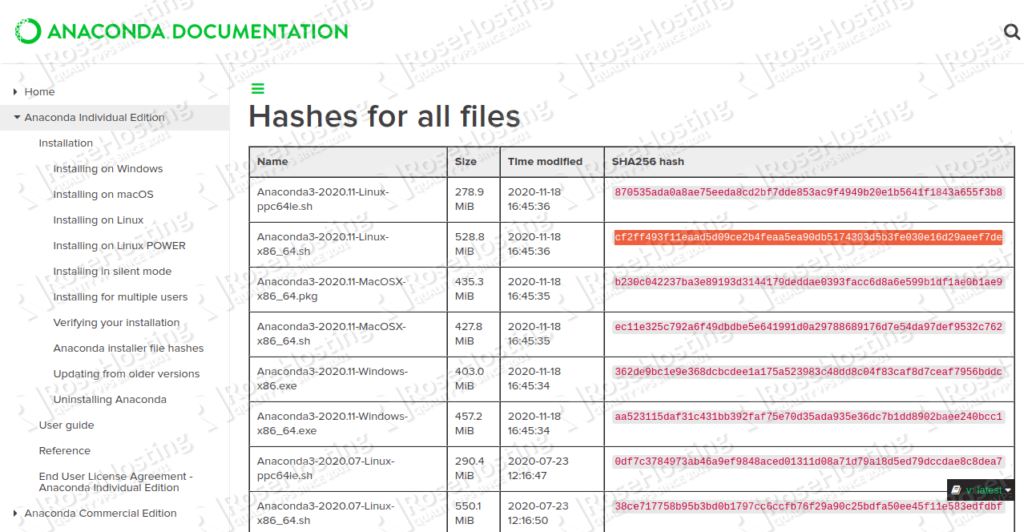

After the simple install instructions I'll give you a couple of pointers and links to get you started using your new Python. Since the default conda repositories did not have blas and openblas, I had to first install the Anaconda client to be able to search the general Anaconda repositories: conda install anaconda-client conda install gxx_linux-64 gcc_linux-64 swig Conda-forge ¶ Installing auto-sklearn from the conda-forge channel can be achieved by adding conda-forge to your channels with: Conda¶ This is currently only available for Linux. When it is complete, click Next and then Close. To install PyTorch via Anaconda, and you do have a CUDA-capable system, in the above selector, choose OS: Linux, Package: Conda and the CUDA version suited to your machine.

Replace the package name with the one you wish to install, open up terminal and enter: $ sudo apt install texlive-latex-extra. Regardless of your package choice you can install LaTeX by use of the apt command.

Note that it is necessary to specify the mrtrix3 channel with the -c mrtrix3 option when updating, otherwise the command will return indicating that the package is up to date, without giving any indication that Installing MiKTeX on Linux involves these steps: Register the GPG key with which MiKTeX installation packages and metadata is signed. Thanks to some awesome continuous integration providers (AppVeyor, Azure Pipelines, CircleCI and TravisCI), each repository, also known as a feedstock, automatically builds its own recipe in a clean and repeatable way on Windows, Linux and OSX. Conda install latex linux Chocolatey can also install other software that integrates with Pandoc.


 0 kommentar(er)
0 kommentar(er)
